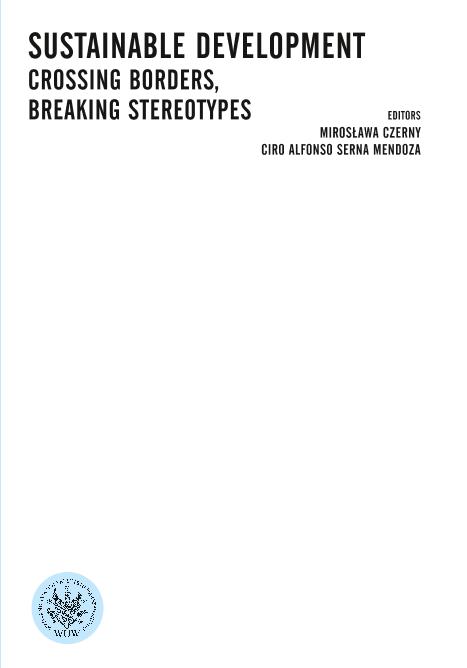Capítulo de Libro
Megacity Buenos Aires and its most recent conurbation impact
Título del libro: Sustainable Development: Crossing Borders, Breaking Stereotypes
Fecha de publicación:
2021
Editorial:
Wydawnictwa Uniwersytetu Warszawskiego
ISBN:
978-83-235-4886-7
Idioma:
Inglés
Clasificación temática:
Resumen
Some three decades of work have allowed us to analyze the spatial trends of the Buenos Aires agglomeration in order to defi ne its shape and distinctive phases of expansion as indicators of the economic and socio-demographic history of Argentina. We consider urban geometry a spatial manifestation of multiple processes; its modelling was carried out from census data, from 1869 to 2001. In this lapse of time it is possible to defi ne distinct periods: Argentina as agro-exporter (1869–1914); initial industrial development of consumer goods (1914–1947); development of base industries based on international capital (1947–1970); de-industrialization processes and fi nancial modifi cations (1970–1991); deepening of neoliberal policies, convertibility and crisis (1991–2001); and the turn to the nationalist and populist left (2001–2015). The presentation focuses on the latest expansion of the Buenos Aires agglomeration, a conurbation process which integrates intermediate-sized cities of contiguous municipalities. The expansion process developed along fi ve axes that incorporate different cities of the metropolitan region to the urban area at a median distance from the main center (the CBD, Central Business District) of 61 km. The development of the grey infrastructure, as an urban continuum, made it possible to capture its current confi guration via the analysis of night-time satellite images. Based on this structure, the megacity Buenos Aires exceeds approximately 15 million inhabitants in an urban area of some 4,000 km2 , consolidating itself as the third largest metropolitan area in Latin America.
Palabras clave:
Megacity
,
Urban Models
,
Urban Geography
,
Buenos Aires
Archivos asociados
Licencia
Identificadores
Colecciones
Capítulos de libros(SEDE CENTRAL)
Capítulos de libros de SEDE CENTRAL
Capítulos de libros de SEDE CENTRAL
Citación
Buzai, Gustavo Daniel; Baxendale, Claudia Alicia; Montes Galbán, Eloy José; Megacity Buenos Aires and its most recent conurbation impact; Wydawnictwa Uniwersytetu Warszawskiego; 2021; 101-113
Compartir
Altmétricas




